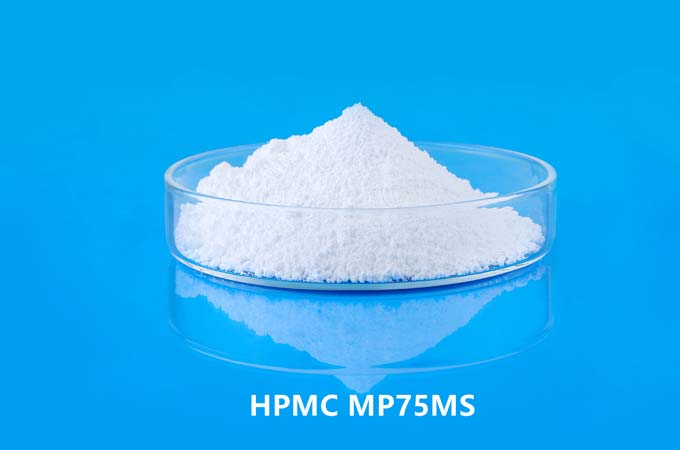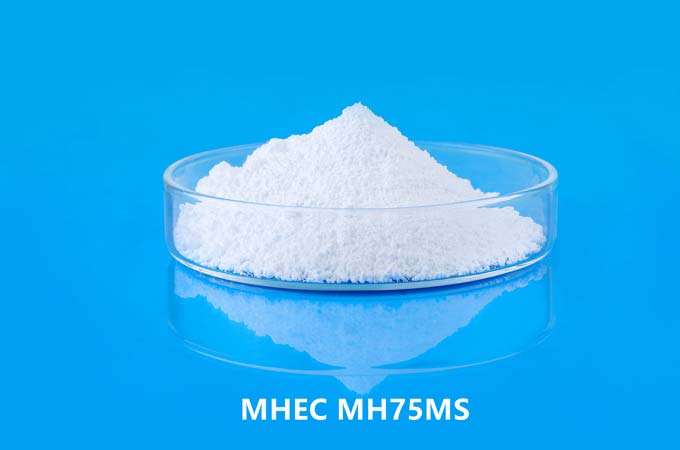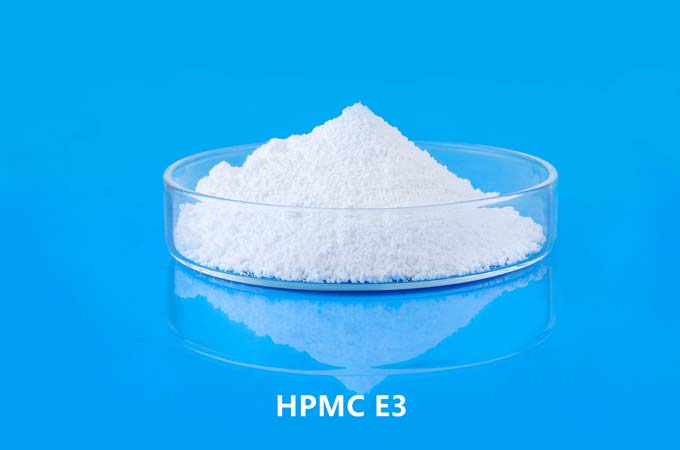Carboxymethyl cellulose (CMC) is an important cellulose ether derivative with excellent water solubility, thickening, film-forming and stability. According to different uses, CMC can be divided into food grade, industrial grade, daily chemical grade and printing and dyeing grade. Among them, printing and dyeing grade CMC is mainly used in textile printing and dyeing processes, especially in yarn sizing, printing paste, finishing agent, etc., playing a key technical role.
Basic characteristics of printing and dyeing grade CMC
Printing and dyeing grade CMC has the following main physical and chemical properties:
Excellent water solubility: can be quickly dissolved in cold water to form a transparent or translucent viscous solution;
Good adhesion: can firmly adhere to the fiber surface to form a protective film;
Significant thickening effect: can significantly increase the viscosity of the printing and dyeing system, which is conducive to the uniform dispersion of pigments, dyes and other substances;
Electrolyte resistance: can maintain a certain stability in salt and alkali environments;
Good biodegradability: as a natural polymer modified material, it is environmentally friendly.
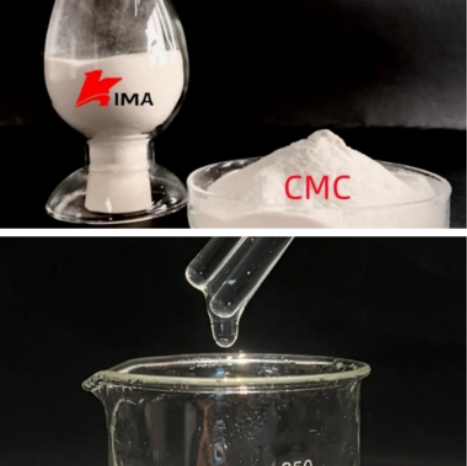
Main application areas and functions of printing and dyeing grade CMC
2.1. Used for yarn sizing
Yarns need to be sized before weaving to enhance their strength, wear resistance and antistatic properties, prevent breakage and improve weaving efficiency. The main functions of printing and dyeing grade CMC in sizing include:
Strong film-forming property: forming a flexible and uniform sizing film on the fiber surface;
Excellent adhesion: can be firmly adsorbed on the yarn to reduce the shedding of sizing;
Increase yarn flexibility: reduce yarn brittleness and prevent breakage caused by dry and hard sizing;
Easy to desize: Compared with starch sizing, CMC sizing film is more soluble in water, which is helpful for subsequent desizing treatment;
Reducing sizing cost: Compared with synthetic sizing such as PVA (polyvinyl alcohol), CMC has a more advantageous price and can partially replace its dosage.
2.2. Used as printing paste
In the printing process of reactive dyes, disperse dyes and acid dyes, printing and dyeing grade CMC can be used as an important component of printing paste. Its functions include:
Provide ideal viscosity: ensure that the printed pattern has clear outline and does not spread;
Good rheological properties: facilitate the paste to be evenly transferred through the screen or roller;
Good dispersion stability: prevent the sedimentation of pigment or dye particles and ensure uniform color;
Good printing layering: helps to make the pattern lines clear and improve printing accuracy;
Excellent post-processing: easy to remove during washing and soaping, and no residue remains on the fabric.
2.3. Used as a finishing agent and hand feel improver
In the textile finishing process, CMC can also be used as a fabric finishing agent to give the fabric a soft and smooth feel by spraying or padding. Its specific functions in this field include:
Improve the feel of the fabric: increase softness and fluffiness;
Enhance the flatness of the fabric: improve the appearance quality of the fabric;
Improve the wrinkle resistance and crispness of the fabric;
As a thickener to stabilize the system of other finishing auxiliaries.
Advantages of using printing and dyeing grade CMC
Compared with other traditional additives such as starch, sodium alginate, PVA, etc., printing and dyeing grade CMC has the following significant advantages:
Wide sources, stable prices: using natural cellulose as raw material, the manufacturing cost is low;
Performance can be adjusted: by adjusting the degree of substitution (DS) and viscosity grade, different application requirements can be achieved;
Environmentally friendly, non-toxic, degradable: friendly to the human body and ecological environment, meeting the requirements of green printing and dyeing process;
Easy to compound with other additives: can be used with PVA, starch, sodium alginate, etc. to synergistically enhance performance;
Improve production efficiency: excellent stability and process adaptability reduce rework losses caused by process abnormalities.
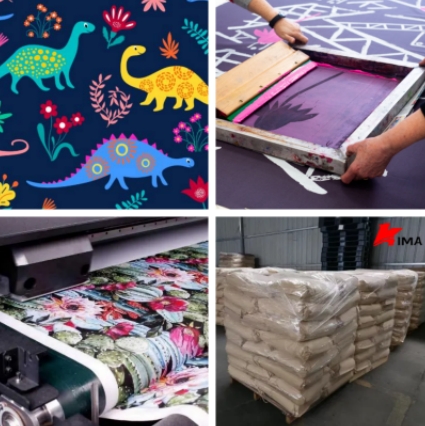
Precautions for use
In practical applications, in order to give full play to the functions of CMC, the following points should be noted:
Control the dissolution method: CMC should be evenly dispersed in cold water and stirred to dissolve to avoid agglomeration;
Reasonably select viscosity grade: Different printing and dyeing processes have different requirements for viscosity, and appropriate products should be selected according to needs;
Pay attention to storage conditions: It should be stored in a dry and ventilated environment to avoid moisture and agglomeration;
Prevent ion interference: Too much high-valent metal ions (such as Ca²⁺, Mg²⁺) will affect its performance.
As a green, efficient and multifunctional auxiliary agent, printing and dyeing grade carboxymethyl cellulose has been widely used in modern textile printing and dyeing industry. It plays an important role in improving yarn quality, optimizing printing process, and improving fabric performance. With the continuous pursuit of environmental protection, high quality and sustainable development in the printing and dyeing industry, the application value of CMC will be further highlighted, and its market demand will continue to grow. In the future, through compounding with other polymer materials and functional modification of CMC itself, its application potential in the field of printing and dyeing still needs to be further explored and expanded.
 English
English 日本語
日本語 français
français Deutsch
Deutsch Español
Español italiano
italiano русский
русский português
português العربية
العربية Türkçe
Türkçe Nederland
Nederland


